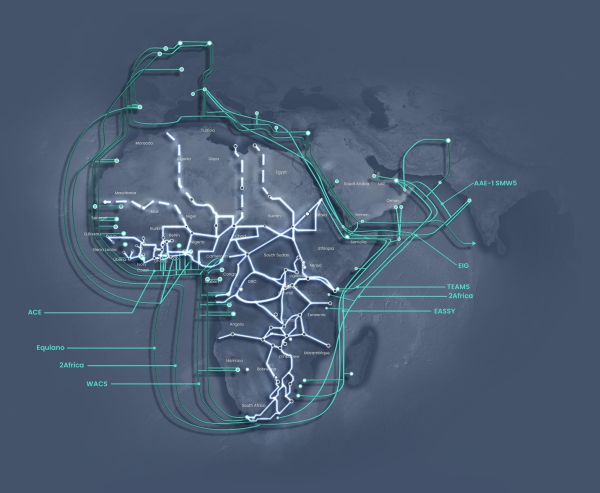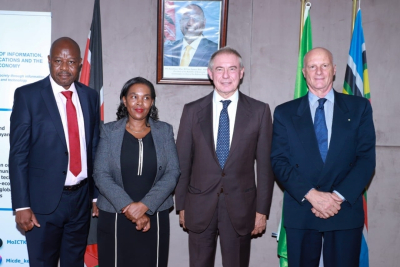Bayobab’s continued investments in fibre infrastructure reflect its mission to power Africa’s digital economy by connecting people, businesses, and markets across the continent. The new Kampala–Malaba link positions Uganda as a hub in the East African digital ecosystem, opening new opportunities for cloud service providers, hyperscalers, and enterprise customers.
On May 6, Bayobab Uganda, a subsidiary of MTN Group, announced the successful launch of its newest and shortest fibre optic route: the Uganda Railway National Long Distance (NLD) connection from Malaba to Kampala.
Speaking at the unveiling in Kampala, Bayobab Uganda Managing Director Juliet Nsubuga emphasised the importance of this project in accelerating Uganda’s digital transformation. She noted that by partnering with the Uganda Railway to deploy fibre along the existing rail infrastructure, Bayobab is bringing reliable, high-speed internet to communities along the route and reinforcing regional interconnectivity.
Spanning 260 kilometres from Kampala through Tororo to Malaba at the Kenya border, the route forms a critical part of the regional digital backbone, connecting directly to Bayobab’s subsea cable landing stations in Mombasa, Kenya. Constructed between December 2024 and February 2025, this route completes a seamless digital corridor from Kampala to the coast, following the recent launch of the Mombasa–Malaba/Busia fibre link in Kenya.
Supporting over one terabyte of capacity, the route offers high-speed, low-latency connectivity to major data centres in Kampala, including Raxio, Airtel House, and MTN Uganda. It is expected to significantly enhance service delivery for telecoms, ISPs, and global tech firms operating in the region.
This new route complements existing MTN fibre infrastructure across multiple corridors, including Busia–Jinja–Kampala and Malaba–Lira–Masindi–Kampala, offering network redundancy and increased reliability. It is a vital addition for Uganda, a landlocked country whose international internet access relies on robust cross-border connectivity.
Julianne Mweheire, Director of Industry Affairs and Content Development at the Uganda Communications Commission, welcomed the milestone, noting its alignment with Uganda’s national agenda to expand digital services and bridge the rural-urban connectivity gap. She said the new route enhances network resilience and provides valuable redundancy for Uganda’s digital infrastructure.
Bayobab serves telecom operators, ISPs, cloud providers, hyperscalers, and enterprise clients, and the new Malaba–Kampala fibre route significantly strengthens its service offering. By delivering faster service through reduced latency, improved reliability via route diversity, and cost efficiency as a shorter and less congested alternative to existing paths, the route directly addresses key industry demands. These advantages enhance Bayobab’s competitiveness, positioning it as a preferred partner in East Africa’s connectivity ecosystem and enabling it to capture a larger share of clients. With its existing 114,000km of fibre infrastructure, it plans to expand to 135,000km by 2025 as part of its business strategy.
Hikmatu Bilali



















